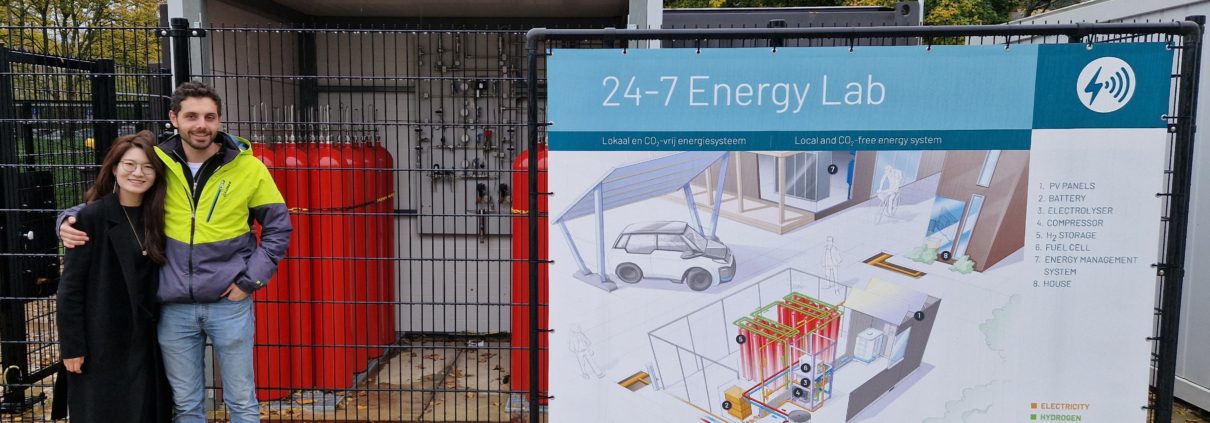PhD research on 24/7 Energy Lab
Na Li, a former PhD candidate at the faculty of Technology, Policy and Management at the TU Delft, now a Post Doc at the faculty of Electrical Engineering, Mathematics and Computer Science, did a simulation study of a seasonal energy storage system at The Green Village. The focus lied on the technical aspect for achieving self-sufficiency, analysis of the corresponding costs, and proposal of several ways of distributing these costs among the local residents. This research is part of a larger seasonal energy storage program at The Green Village called the 24/7 Energy Lab. In this article she explains why such a system is needed, and how it can be sized to benefit the built environment. Please reach out if reading this article triggers you to know more about the 24/7 programme in general and this research in particular.
Currently, our civilisation is facing a great challenge in fighting climate change by reducing CO2 emissions. Energy systems are also changing their landscape from a centralised energy system with large coal or power plants, to multiple decentralised energy systems with the integration of renewables like solar PV and wind turbines. The built environment accounts for a large part of CO2 emissions. It accounted for 13% of CO2 emissions in 2020 in the Netherlands for the built environment. Energy communities offer an innovative means to restructure the energy system by enabling the active participation of local citizens in the built environment. An energy community is a community where citizens own and participate in renewable energy or energy efficiency projects. They are one of the critical elements for achieving the EU’s energy transition target by engaging in activities based on distributed energy resources, including renewable generation, consumption, storage, and local energy sharing.
The necessity of long-term energy storage
The current centralised energy system can operate well without energy storage as traditional power plants like coal and gas-based can produce more or less to match our consumption. However, generation in the decentralised energy system depends on variable renewable energy sources, such as wind and solar generation. This renewable generation is variable and dependant on weather conditions. Moreover, their generation has the characteristic of high generation during the day and low or no generation in the evening; high generation in summers and low generation in winter. This leads to both daily and seasonal imbalances. Energy storage is a necessity to match supply and demand continuously. Batteries are a good alternative to meet the daily imbalance (Figure 1), while they are less suitable for storing energy for long periods due to technical constraints and high capacity costs. However, hydrogen is highly scalable for long-term energy storage to meet the seasonal balance (Figure 2).
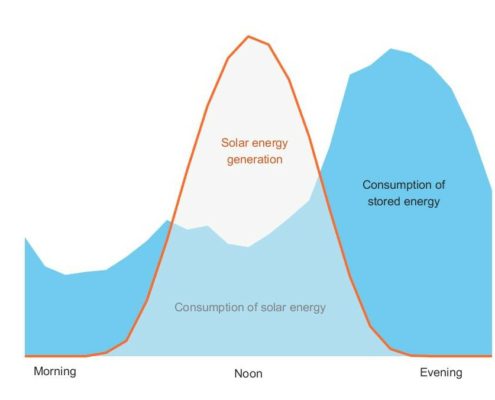
Figure 1: Solar energy generation and consumption in a day
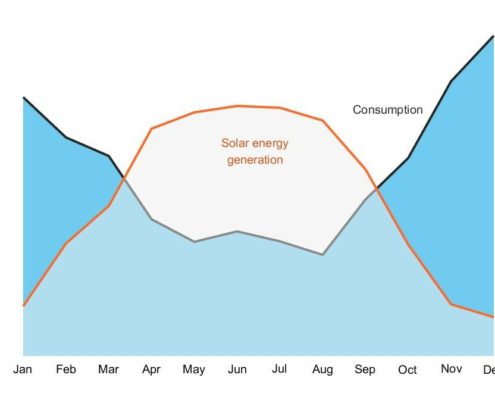
Figure 2: Solar energy generation and load consumption in a year
Green hydrogen in the built environment
Green hydrogen, which is produced using renewables like solar and wind, is an alternative energy carrier that enables a clean and sustainable future to achieve carbon neutrality in the energy transition. Green hydrogen is mainly produced by electrolysis by splitting water molecules into hydrogen and oxygen. When there is a shortage of electricity, this process can be reversed in a fuel cell to produce electricity without emissions. The by-products are only water and heat. Green hydrogen has great potential for the built environment to achieve zero carbon emissions.
Prototype initiated at The Green Village
At The Green Village, a 24/7 Energy Lab was created with the aim of developing a local, CO2-free energy system for the built environment (Figure 3). In the framework of this 27/7 Energy Lab an energy system for producing green hydrogen, with the idea of having hydrogen as the long-term energy storage medium for winter usage and battery as the short-term energy storage for balancing daily load demand, is implemented (Figure 4). Hydrogen is mainly generated via electrolysis by using the electricity generated from solar panels in summer times. Then it is compressed via a compressor and stored in a hydrogen storage tank, to be used to produce electricity via fuel cells when there is not enough PV generation in winter. We developed a straightforward approach for sizing each component in such a PV-battery-electrolyser-fuel-cell energy system for supplying energy to an energy community at The Green Village. The proposed sizing approach emphasises an indication to which extent the demand in winter times is supplied by hydrogen to meet the seasonal imbalance. The system sizing approach is flexible and can achieve various objectives:
- maximising self-sufficiency;
- minimising system costs;
- maximising the utilisation of PV generation.
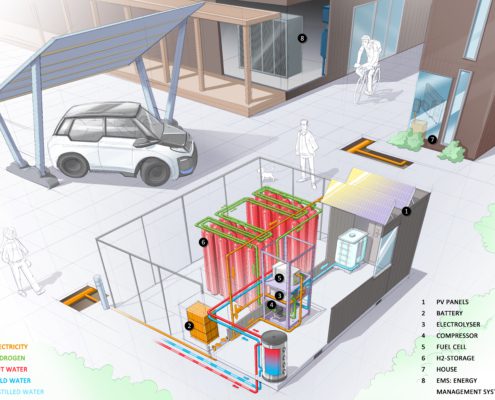
Figure 3: Illustration of 24/7 Energy Lab
Our simulation results show that with the introduction of hydrogen as the long-term energy storage medium, the energy system can provide a highly reliable energy supply, especially in winter when renewable generation with solar panels is limited.
Affordability of green hydrogen
Green hydrogen can contribute to a sustainable and clean future, however, its affordability is essential for the wide usage. It should be stressed, that our research focused on technical aspects for achieving self-sufficiency and system sustainability. The results of the simulations present a very high energy price per kWh, making it unaffordable to the end-users at this moment. The most influencing cost factors are the hydrogen storage tank, electrolyser, and battery costs. However, our system design is flexible and adjustable, so we will investigate in the future how, for instance, partial connection to the grid, i.e. reducing self-sufficiency, can reduce the system cost.
Benefits and challenges to the electric grid
The emergence of energy communities in the built environment brings both benefits and challenges to the electric grid. The energy community with hydrogen generation and storage can provide flexibility to the grid. It can mitigate the grid burden if the flexibility is well utilised, for instance, by providing extra power during peak hours, especially in winter. By doing so, unnecessary capacity expansion and investment in the electric grid can be prevent. However, these possible benefits can also be seen as challenges due to uncertainties, they create, for future grid planning and investments.
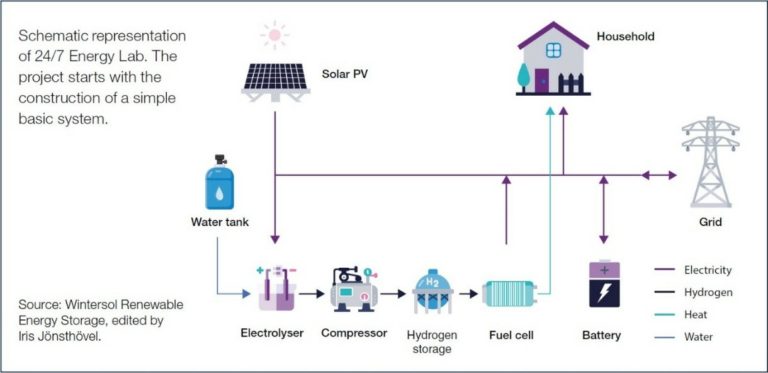
Figure 4: Schematic representation of 24/7 Energy Lab
Prospects for the future
This research showed that the PV-battery-electrolyser-fuel cell energy system is technically feasible, but the cost is very high due to the high costs of the hydrogen storage tank, electrolyser, and battery. With technological developments, these costs are expected to follow the same reduction curve as PV panels and finally change the affordability of this type of local energy hubs. Hopefully, more and more local energy communities in the built environment will use energy storage vectors as green hydrogen in the coming years.


